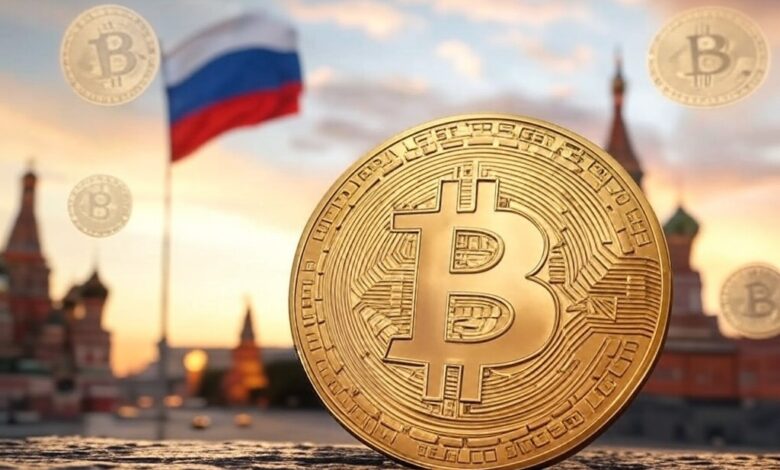Russian Finance Ministry Official Proposes Domestic Stablecoins After USDT Wallet Block

Russia should consider developing its own stablecoins pegged to various currencies, following the recent blocking of digital wallets linked to the country that held USDT, a senior Finance Ministry official said on Wednesday. This signals a growing interest in creating domestic alternatives amid mounting sanctions and international restrictions.
Dollar-pegged stablecoins like USDT have surged in use over recent years, serving as a key bridge for moving funds between cryptocurrencies and into fiat. In Russia, such tools have gained popularity for facilitating international payments, which have become increasingly difficult under Western sanctions.
“The recent blockage makes us think that we need to consider creating internal tools similar to USDT, possibly pegged to other currencies,” said Osman Kabaloev, deputy head of the Finance Ministry’s financial policy department.
This comes after Russian crypto exchange Garantex revealed on March 6 that USDT issuer Tether had frozen wallets on its platform holding over 2.5 billion roubles (approximately $30 million). The action prompted Garantex to halt its operations shortly after being sanctioned by the EU.
Although the Central Bank of Russia remains opposed to using cryptocurrencies for domestic payments, it acknowledges growing adoption for cross-border transactions. “Russian firms are actively testing international cryptocurrency payments as part of the experiment,” said Central Bank head Elvira Nabiullina.





